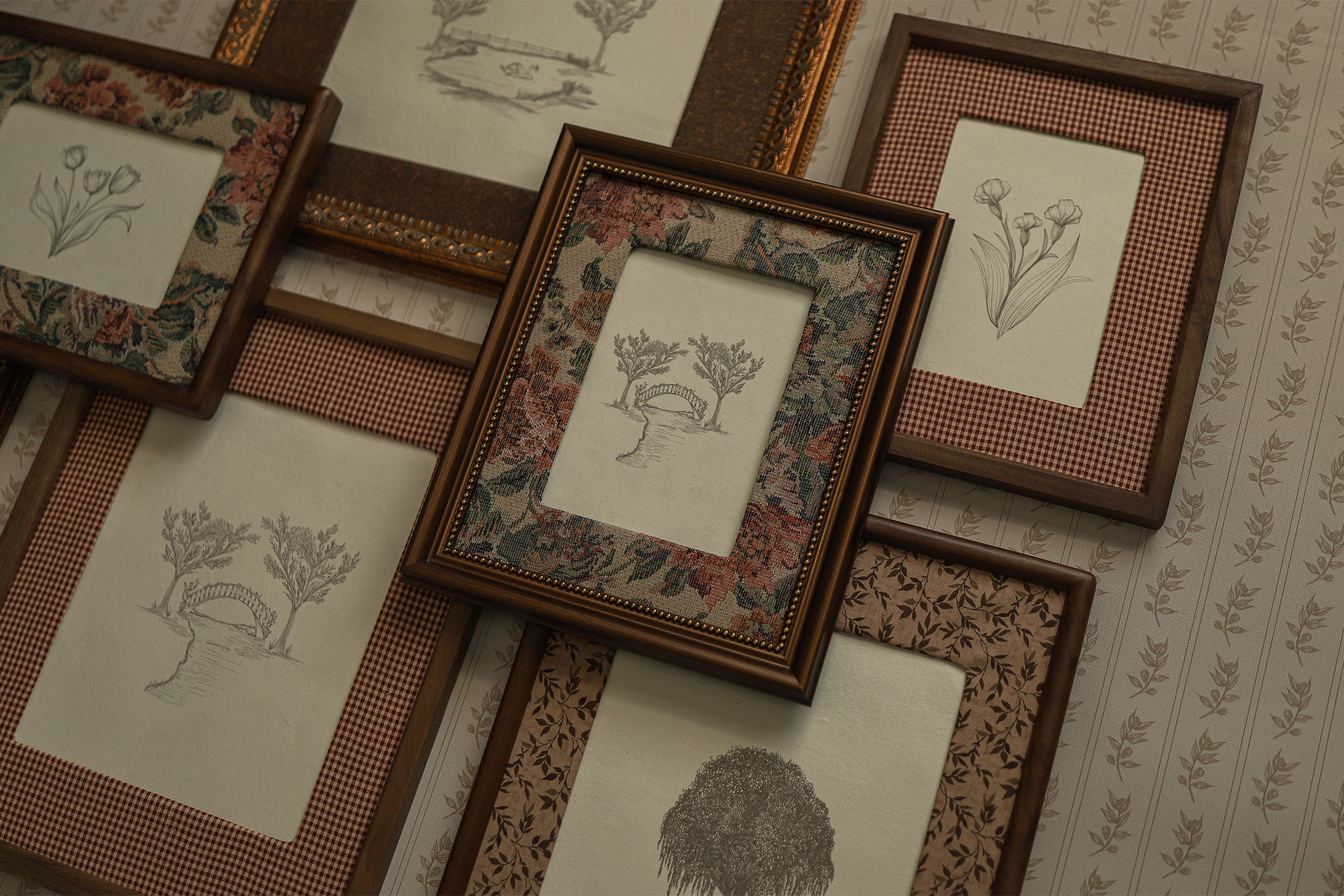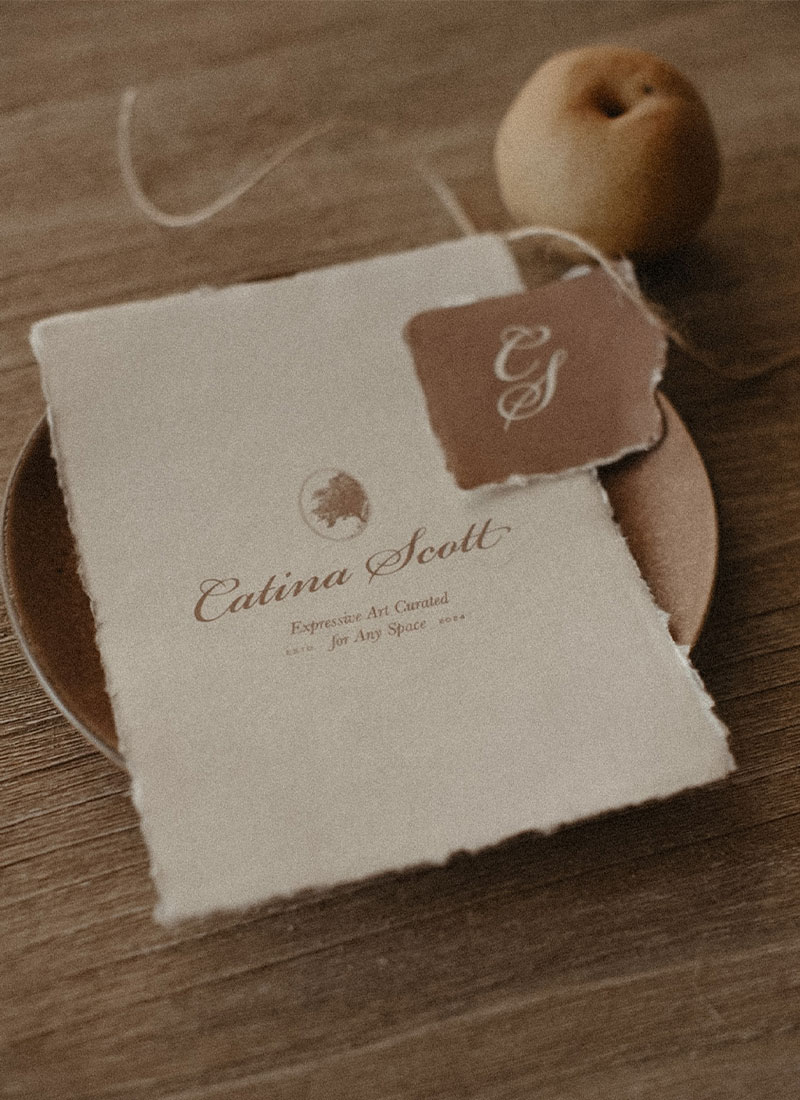
This is kind of embarrassing, actually really embarrassing. Keep in mind that we didn’t go to school for graphic design, so everything we’ve learned in our business is entirely self-taught.
At the beginning of our first year in business, we booked a brand-only client, and as part of the client’s branding package, we included a business card design.
At this point, we had only made a handful of business cards, so we weren’t knowledgeable on vector files compared to raster files or even what file type was best for business cards to have optimum clarity.
That said, we designed the client’s business cards in Photoshop instead of Adobe Illustrator. Cringe. We saved the files; the client ordered them, and they came out fuzzy. Yikes.
Oops! We Didn’t Know at the Time
Of course, the client was super disappointed, so we contacted the printing company for her as a courtesy, got her a refund, and got her cards re-ordered. Meanwhile, this whole time, we thought it was probably that the client didn’t know what she was doing when she ordered them.
In actuality, we didn’t know what we were doing with file types. We are bound to make mistakes. The important part is to be able to recognize your own mistakes and learn something from the mistakes. To be honest, we made some of our best improvements based on mistakes along the way.
So, to help you choose the right file type to print with =), we are breaking down everything you need to know about file types to know what file to use for your design items and when to use them.
Let’s dive in.
01. PDF File Types
First, let’s start with PDF file types. You’ve probably seen or used a PDF at some point for documents, free downloads, etc.
A PDF file type is a high-resolution file type, which makes it excellent for documents and graphics. Typically, when you are printing a collateral item through your printer, like a business card or thank you card, the printer will request a PDF file type.
You can also use this file type for displaying documents online on your website, in email newsletters, or if you need to send documents to a client.
02. PNG File Types
If you need a file type that has a transparent background (a clear background), you will need a PNG file. We typically use this file type when we are placing a logo design on an image; this way, you can clearly see the logo (in PNG format) and the image behind it.
Furthermore, PNG files are a lossless file type, meaning that they hold their resolution, unlike JPG files, which we will get to shortly.
We recommend using PNG files for digital purposes where you need a transparent image (clear background) with high color depths. You can also decrease the size of a PNG file while keeping its resolution.
03. JPG File Types
JPG files can be used for web or print purposes. For digital instances, you can use JPG files for adding photos to your website or digital banners. For print purposes, you can use a JPG when you are printing photos or artwork.
Be careful editing JPGs. If you decide to decrease the size of this file type or alter the file and save it again and again, it will, over time, lose its resolution since it’s not a lossless file type like PNGs.
Also, you’ll want to keep in mind if you pull a JPG version of your logo, it will have a white background built into it. JPGs will not have a transparent background when saved out.
04. AI File Types
You will create AI files in Adobe Illustrator. Any design that you make within this platform will be vector-based, but it can be saved as any of the following file types: EPS, SVG, PDF, JPG, or PNG files if needed.
You can also edit this file type. If it’s a raw file, you are able to do whatever you need to alter the design. If it’s not a raw file, you will be limited to what you are able to alter, which typically only consists of basic things like moving the location of items, swapping colors, deleting elements, or exporting additional file types.
05. EPS File Types
This file type is less common, but occasionally, your printer may also request an EPS file if they do not work with PDF files.
This file is primarily for sending a high-resolution vector of your logo design to a printer. EPS files are not intended for digital usage or printing photographs.
06. SVG File Types
SVG files are vector-based and used for two-dimensional graphics. This file type is also not very common, but depending on the design item, the client may need this file type.
SVG files can be compressed to create a smaller file size if needed and can be edited using graphic editing programs. You can also utilize this file to generate graphs and diagrams for publishing online.
Summary
Overall, we provide all of these file types to our clients as part of their branding package, along with a definition guide for each file type.
Typically, though, our clients will only utilize the ready-to-use formats like a PDF, PNG, or JPG. However, if the client is more familiar with Adobe platforms, they may want editable file types like AI, EPS, and SVG, which allow them more flexibility.
If file types still have your brain spinning, feel free to send us an email, and we would be happy to help address any of your questions. Or if you need a reference for your own file type use, this post isn’t going anywhere, so don’t hesitate to bookmark it for later.










